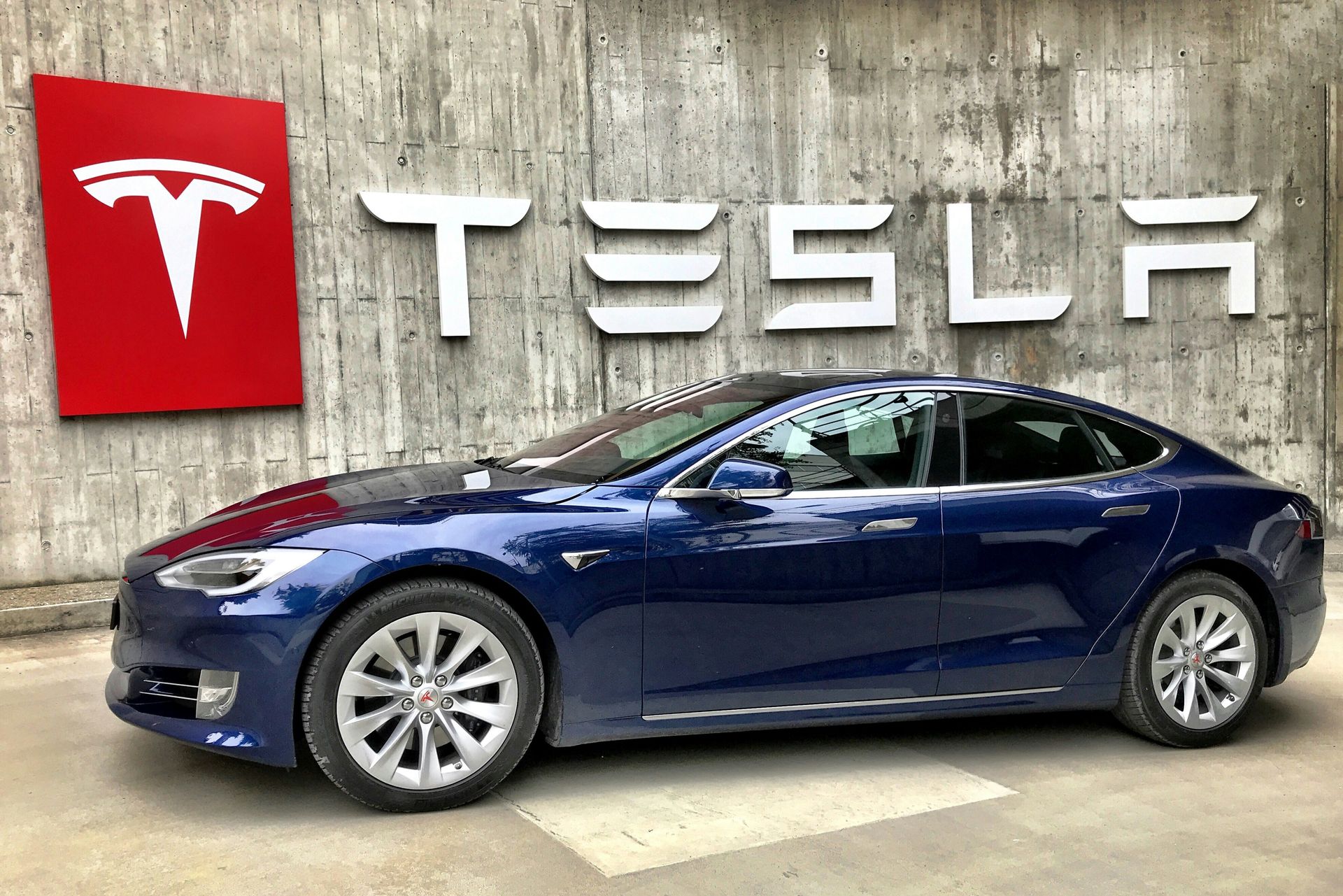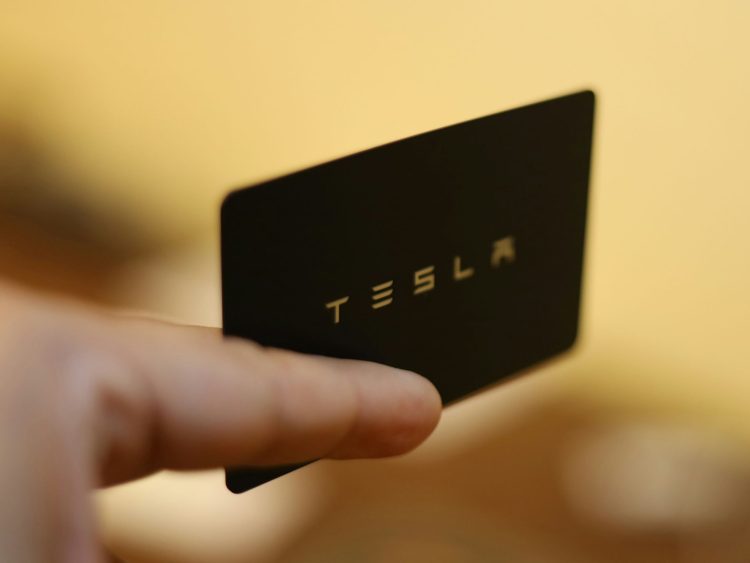During a recent earnings call, Elon Musk, the ever-innovative CEO of Tesla, presented a thought-provoking idea: utilizing the collective computing power of Tesla’s electric vehicle fleet for artificial intelligence (AI) tasks. This concept, while intriguing, raises several questions about its feasibility and implementation.
The core of Musk’s proposal lies in the vast amount of unused processing power within Tesla vehicles. Modern electric cars are essentially computers on wheels, equipped with powerful hardware for tasks like self-driving features and in-car entertainment systems. When a Tesla is parked or not actively using these features, this computational potential sits idle. Musk envisions creating a network, a “Tesla Terafleet” if you will, by harnessing this collective power for AI applications.
This concept draws inspiration from existing cloud computing services like Amazon Web Services (AWS). AWS offers businesses access to vast computing resources on demand, allowing them to run complex tasks without needing their own expensive infrastructure. In a similar vein, Musk proposes that Tesla’s fleet could function as a distributed AI computing platform.
Can ‘Tesla Terafleet’ become a reality?
While the idea possesses a certain futuristic charm, translating it into reality presents significant technical hurdles.
Firstly, the nature of AI workloads can be highly variable. Some tasks require constant, high-speed processing, while others might be more bursty or require specialized hardware. Effectively distributing these workloads across a fleet of geographically dispersed vehicles with varying processing capabilities would be a complex challenge.
Secondly, security concerns loom large. Integrating private user data with a network of vehicles raises significant privacy and security risks. Robust security protocols would need to be established to ensure the safe handling of potentially sensitive data processed on the Tesla Terafleet.
Additionally, the availability of the fleet itself is a question. Tesla vehicles are primarily for personal use, and owners might be hesitant to allow their cars to be used for computational tasks when parked. Factors like battery life and potential wear-and-tear on hardware due to constant processing would also need to be addressed.

Open questions
The concept of a Tesla Terafleet is undeniably ambitious. Whether it becomes a practical reality depends on overcoming these technical and logistical challenges.
Several questions remain unanswered.
- How would Tesla incentivize owners to participate in the network?
- What safeguards would be put in place to protect user privacy?
Ultimately, the feasibility of the Tesla Terafleet hinges on its ability to address these issues and demonstrate a clear advantage over existing AI computing solutions.
Featured image credit: Manny Becerra/Unsplash





